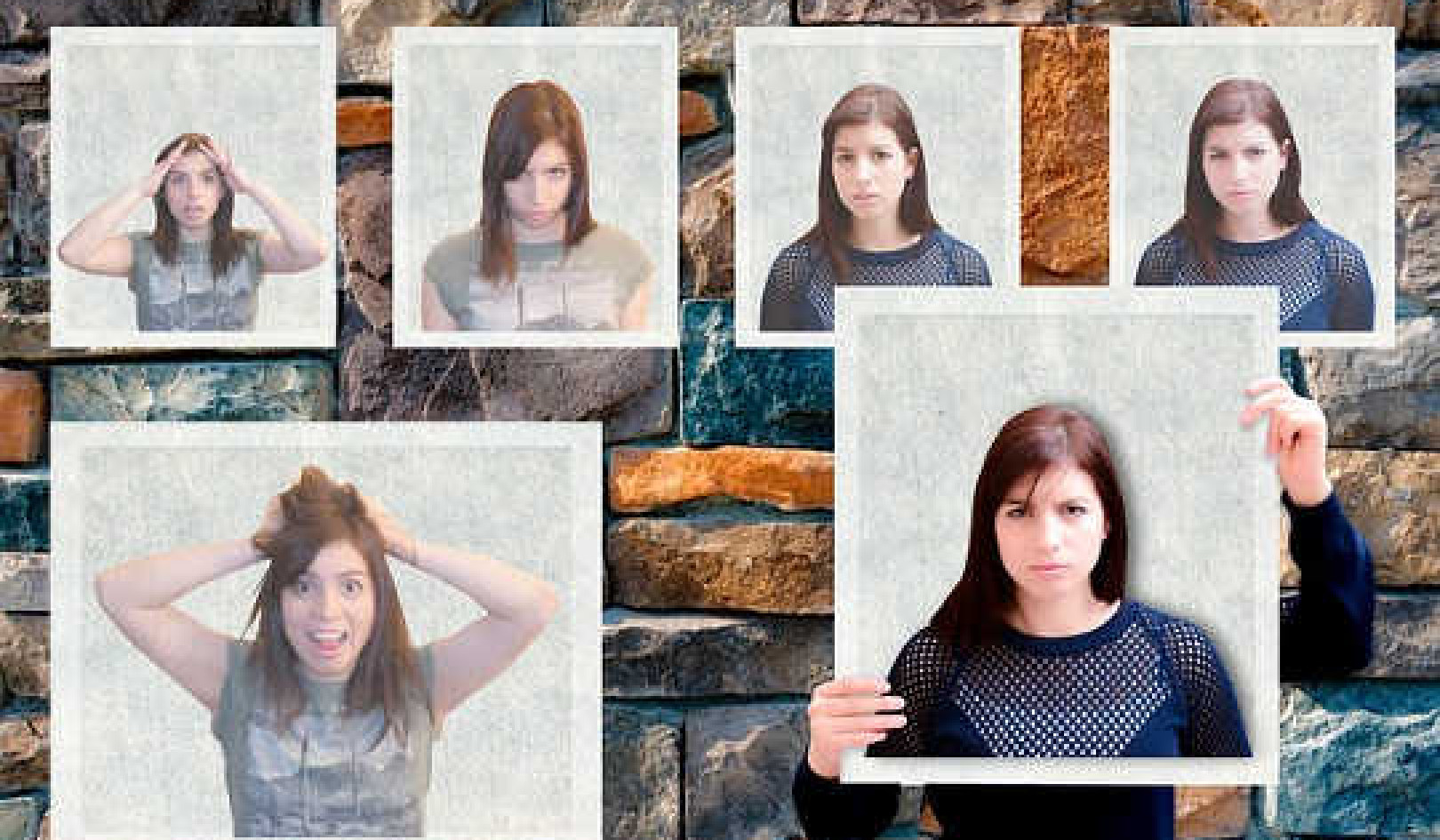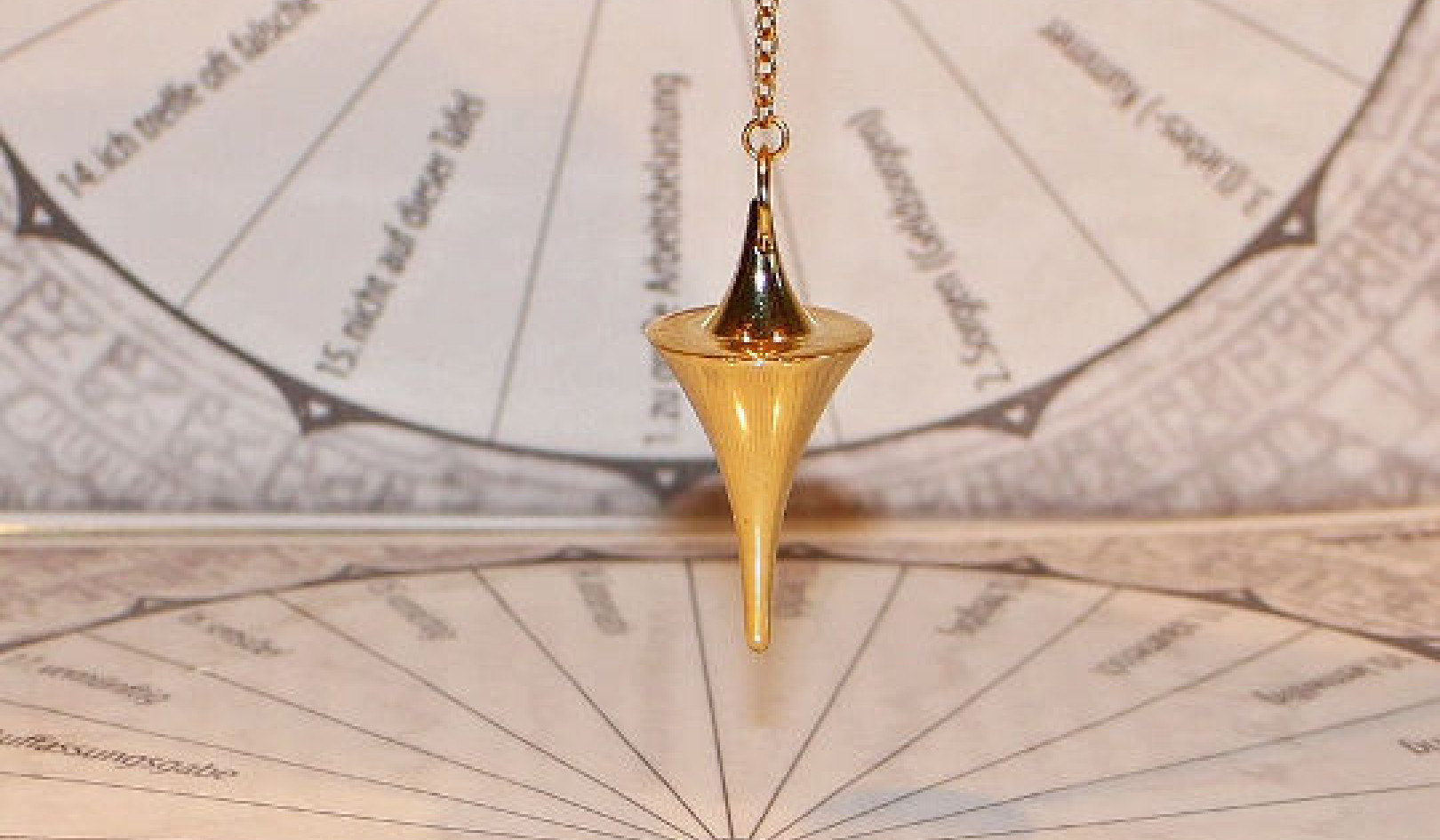
At some point in our lives we all come face to face with feelings of rejection. These feelings can be brought about by many situations. A lover, partner, spouse, or a close friend decides that they want out of the relationship; a parent declines an offer to visit for the holidays; the company you desperately want to work for turns down your application; your family doesn’t like what you just spent hours cooking. Think of the last time you felt rejected. What were the circumstances?
Fears of Being Rejected
For most of us, the feelings related to being rejected are so severe that we will do most anything to avoid putting ourselves in a situation where they may be triggered. Selling products is a big trigger for a lot of people because they fear the feelings that would arise should someone say no to them. Sales trainers often condition new salespersons by having them assume they are going to hear no fifty times. The trainers create excitement about each no by telling salespeople it is getting them closer to the first yes. This may work on the surface, but the underlying fear is still there. “But what if I hear no 100 times?” someone might think.
Let’s examine the circumstances related to feeling rejected. First, where do our feelings originate? What causes them? You guessed it: our feelings come from our own thoughts. That means that our feelings are self-determined and not caused by someone else. No one else can generate our thoughts. They are ours and, consequently, so are our feelings. The thoughts about being rejected come from our own perception of what happened. That means that the event — the rejection — doesn’t exist. It’s only our mental perception of the event that labels it rejection.
Reframing Rejection
Several years ago when I was doing career counseling, some of my clients would refer to the rejection letters they received in response to mailing their resume. As they described the circumstances in detail, I could see that they felt personally rejected. They were taking the rejection letter to heart. Their perception of having been rejected was having a very negative impact on their attitude—not a good situation for conducting a job search.
To help them shift their perspective so they could keep their energy positive, I created a simple exercise. See if it works for you.
Exercise: Changed Perception of Rejection
Imagine several small items on a tabletop. One is made of rubber, one of wood, one of glass, one of plastic, and one of iron. Now visualize a magnet about the same size as the other objects. Imagine moving the magnet to the rubber, then to the wood, and in turn to the glass and the plastic. What happened? Nothing. Now move the magnet to the iron. What happened? Smack! The magnet and iron stuck together. Why? Because their properties attract each other. They are a good match.
Did the rubber, the wood, the glass, and the plastic reject the magnet? Of course not. They just had different characteristics. They were just not the right match. No rejection at all. The magnet only needed to find the right match for it.
So when you find yourself in a situation that could be labeled rejection, think of it instead as just a situation that doesn’t match you. Simply say to yourself, “There is a better fit for me.” Then go on, anticipating that you will find a situation that is a perfect match for you.
How to Handle Verbal Rejection
 The situation is slightly different when you confront a verbal no, but it’s still your perception that labels the response a rejection. When someone says no, they are merely stating their preference. Their preference says nothing about you.
The situation is slightly different when you confront a verbal no, but it’s still your perception that labels the response a rejection. When someone says no, they are merely stating their preference. Their preference says nothing about you.
So when someone says no to you, remind yourself that they are merely expressing a preference. Sometimes it helps to say to yourself, “This is not about me.” These simple techniques are useful for shifting your feelings once they are triggered.
Eliminate Rejection by Releasing Limiting Beliefs
To truly eliminate rejection from your life, you need to eliminate what’s really triggering your feelings: a belief that you are most likely not aware of. At some prior time in your life you encountered a situation that was painful, and you made a decision (created a belief) about what happened. Because the situation was painful, you unknowingly tucked it away in what is referred to as your subconscious. Now, when similar situations occur, those same painful feelings you felt during the original situation arise automatically. You seem to have no control over them.
Our perceptions and experiences are derived from our beliefs. Identify a situation that triggers your feelings of rejection. Call your feelings of rejection “that feeling.” Then ask yourself, “What would I have to believe to experience that feeling?” Continue asking and answering — repeatedly — “What other belief might I hold to experience that feeling?” until you reach an answer that feels like an “aha.” When you have a sudden realization — it will probably have emotion associated with it — you’ve reached the deep-seated, root cause belief that is generating your feelings of rejection. With this new awareness, you can now replace that limiting belief with an empowering one.
Freeing Yourself of Rejection Forever
Don’t be surprised if you uncover a belief that you have about yourself. When we don’t feel good about ourselves, we look to others to validate our worth. When we don’t get it, we feel rejected. When we value ourselves, rejection isn’t usually an issue.
If you encounter feelings of rejection, explore your beliefs and release those that are limiting you. It’s the path for saying goodbye to those feelings — forever.
Reprinted with permission of Hampton Roads Publishing
www.redwheelweiser.com, 800-423-7087.
©2011 by Bruce Doyle III.
Article Source
How to Think Your Way to the Life You Want
by Bruce Doyle III, Ph.D.
 This accessible step-by-step guide simplifies the complex subject of how your thinking creates your life. You'll delight in learning how thought works, and how your thoughts connect you with the universe. How to Think Your Way to the Life You Want is a much expanded edition of Before You Think Another Thought with a new section covering ways to put thought and feeling into action.
This accessible step-by-step guide simplifies the complex subject of how your thinking creates your life. You'll delight in learning how thought works, and how your thoughts connect you with the universe. How to Think Your Way to the Life You Want is a much expanded edition of Before You Think Another Thought with a new section covering ways to put thought and feeling into action.
Click here for more info and/or to order this book.
About the Author
 Bruce I. Doyle, III, Ph.D. has over 25 years of experience as a corporate executive and business consultant. He holds BS and MS degrees in Electrical Engineering and a Ph.D. in Leadership and Organizational Transformation. Bruce is the President of Growth Dynamics International. He is dedicated to helping individuals and organizations achieve their full potential through the realization that their beliefs create their experiences. Bruce is also very interested in how the Indigos will impact our future - especially in the workplace. Visit his website at www.indigoexecutive.com.
Bruce I. Doyle, III, Ph.D. has over 25 years of experience as a corporate executive and business consultant. He holds BS and MS degrees in Electrical Engineering and a Ph.D. in Leadership and Organizational Transformation. Bruce is the President of Growth Dynamics International. He is dedicated to helping individuals and organizations achieve their full potential through the realization that their beliefs create their experiences. Bruce is also very interested in how the Indigos will impact our future - especially in the workplace. Visit his website at www.indigoexecutive.com.

























